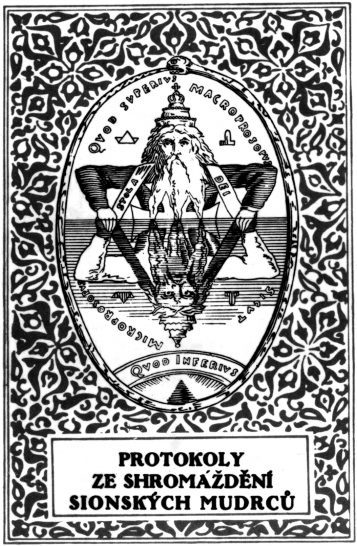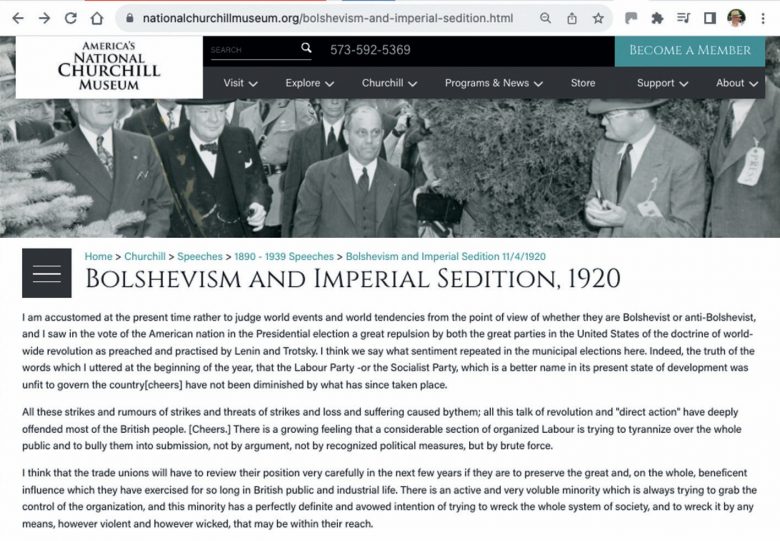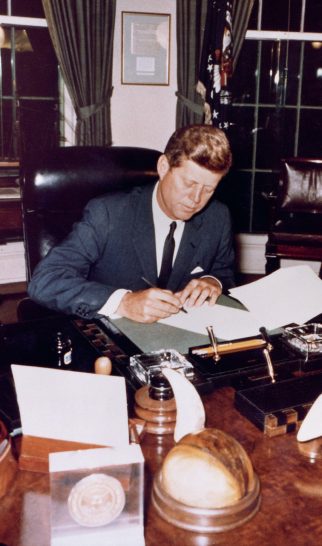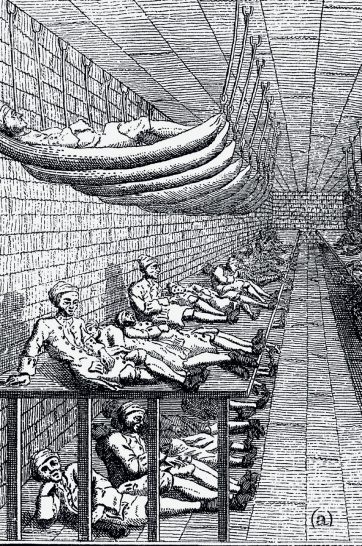
In January 1933, Adolf Hitler assumed power in Germany, and outlined his vision for a thousand year Reich. Twelve years later, his tyrannical regime ended with his suicide in his bunker in Berlin. In the immediate aftermath of the collapse of the Nazi state, historians believed that the German population must have been forced into submission, with Hitler facing little opposition. In fact, not only did many opposition groups exist, there were also several plots to either overthrow Hitler or, more dramatically, assassinate the man known by many as Der Führer.
Expressing discontent for the Nazi regime in general, and Hitler in particular, would appear to have been extremely difficult. There was no free press, and no elections to give the opposition a legitimate voice. Following the passage of the Enabling Act in March 1933, the Reichstag effectively ceded power to the new chancellor, while President Hindenburg’s death in August the following year enabled Hitler not only to combine the roles of chancellor and president, but to force the army to swear an oath of allegiance to him.
Your organisation does not have access to this article.
Sign up today to give your students the edge they need to achieve their best grades with subject expertise
Subscribe




